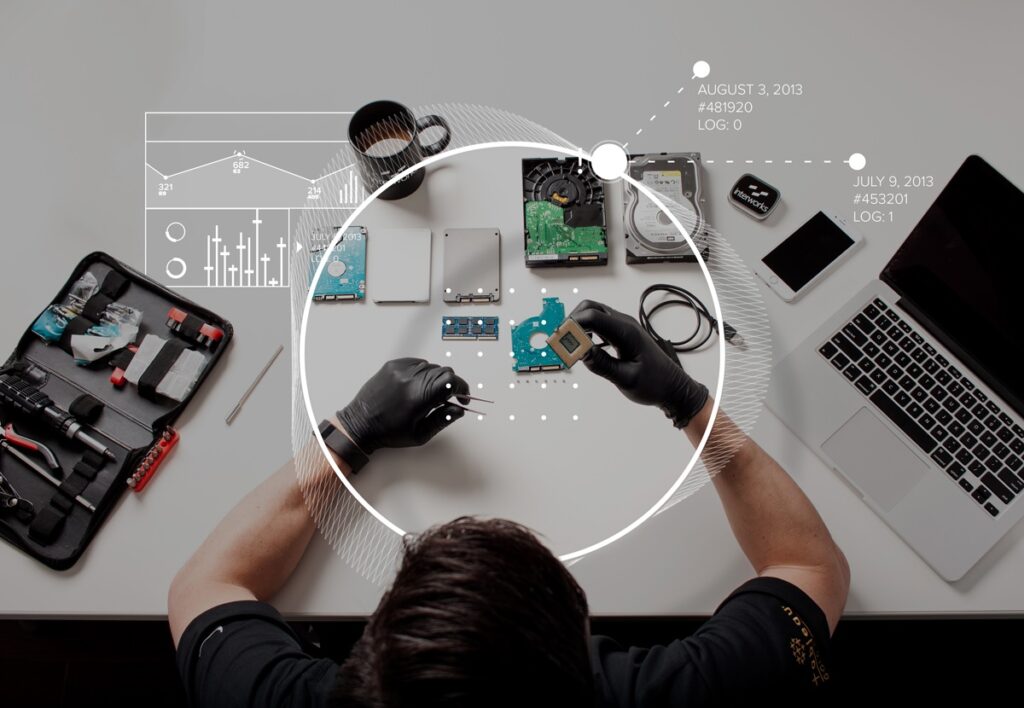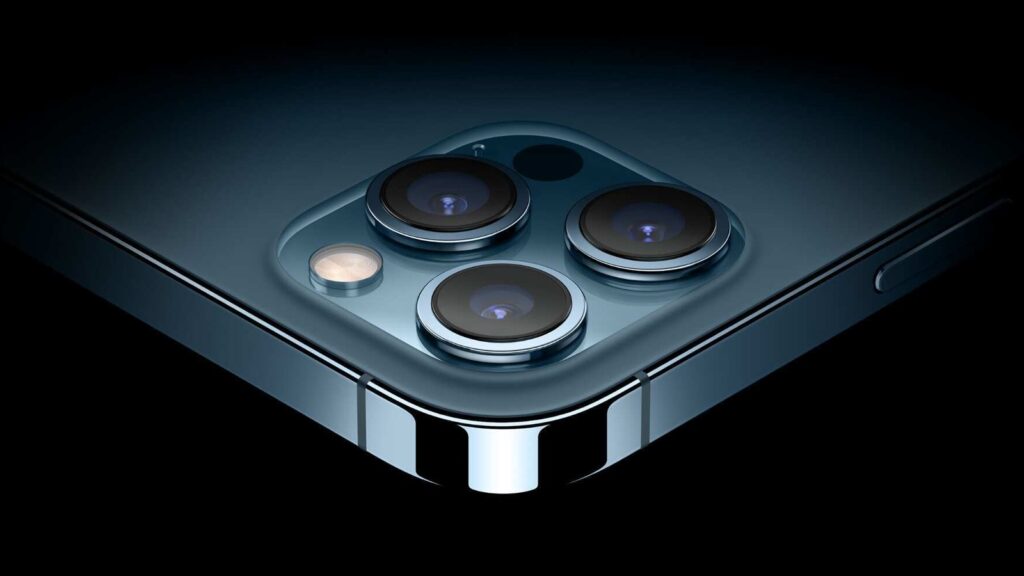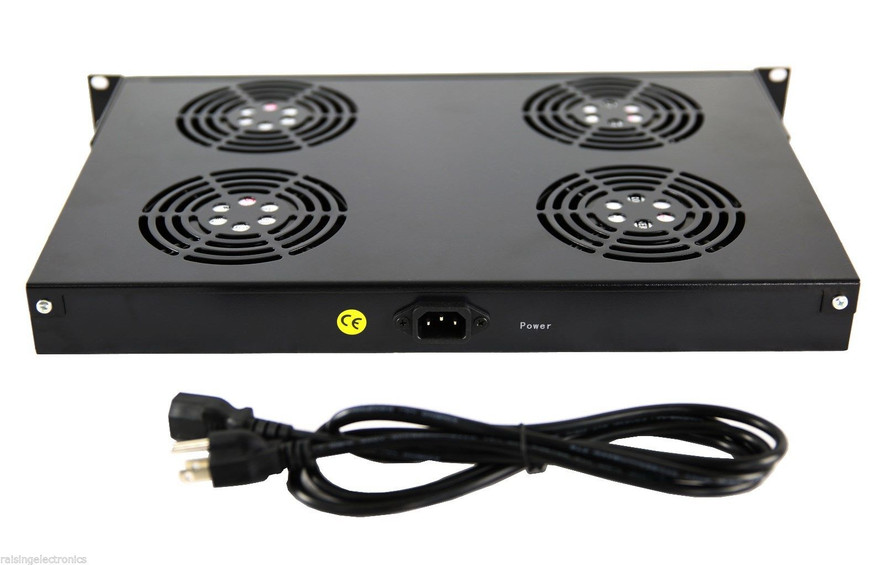In today’s digital age, where cyber threats and electronic crimes are increasingly prevalent, computer forensics services have become essential for swiftly resolving digital mysteries. These expert-driven services are crucial in identifying, preserving, analyzing, and presenting digital evidence, thereby playing a pivotal role in both criminal investigations and corporate security. Computer forensics, also known as digital forensics, involves the methodical examination of digital devices to uncover and interpret electronic data. This process is vital in various scenarios, including cybercrimes, data breaches, financial fraud, and intellectual property theft. Forensic experts meticulously recover deleted files, analyze system logs, and trace unauthorized access to systems, ensuring that the digital evidence collected is admissible in legal proceedings. The role of computer forensics extends beyond criminal investigations. In the corporate sector, these services are instrumental in internal investigations, compliance audits, and incident response.

For instance, when a company suspects data leakage or unauthorized access, forensic analysts can trace the breach’s origin, assess the extent of the compromise, and recommend remediation strategies. This not only helps in mitigating immediate threats but also in strengthening the organization’s overall cybersecurity posture. One of the significant advantages of expert-driven computer forensics is the ability to handle complex and sophisticated cyber incidents. With the proliferation of advanced persistent threats and zero-day vulnerabilities, having seasoned professionals who can navigate intricate digital environments is invaluable. Computer Forensics Guide experts employ advanced tools and methodologies to dissect malware, understand attack vectors, and attribute malicious activities to specific actors. Moreover, computer forensics plays a crucial role in ensuring data integrity and compliance with regulatory frameworks. Industries such as finance, healthcare, and critical infrastructure are subject to stringent data protection regulations.
In the realm of law enforcement, digital evidence has become a cornerstone in solving crimes. From retrieving incriminating emails to uncovering hidden files on a suspect’s device, computer forensics provides the necessary tools to build compelling cases. The meticulous documentation and chain-of-custody protocols followed by forensic experts ensure that the evidence withstands legal scrutiny. Furthermore, the field of computer forensics is continually evolving to address emerging challenges. The advent of cloud computing, Internet of Things IoT devices, and encrypted communications presents new complexities. Forensic professionals are adapting by developing innovative techniques to extract and analyze data from diverse and often decentralized sources. In conclusion, expert-driven computer forensics services are indispensable in today’s interconnected world. They provide the expertise and tools necessary to uncover digital evidence, respond to cyber incidents effectively, and uphold the integrity of both corporate and legal investigations. As technology continues to advance, the importance of these services in safeguarding digital assets and ensuring justice will only grow.




